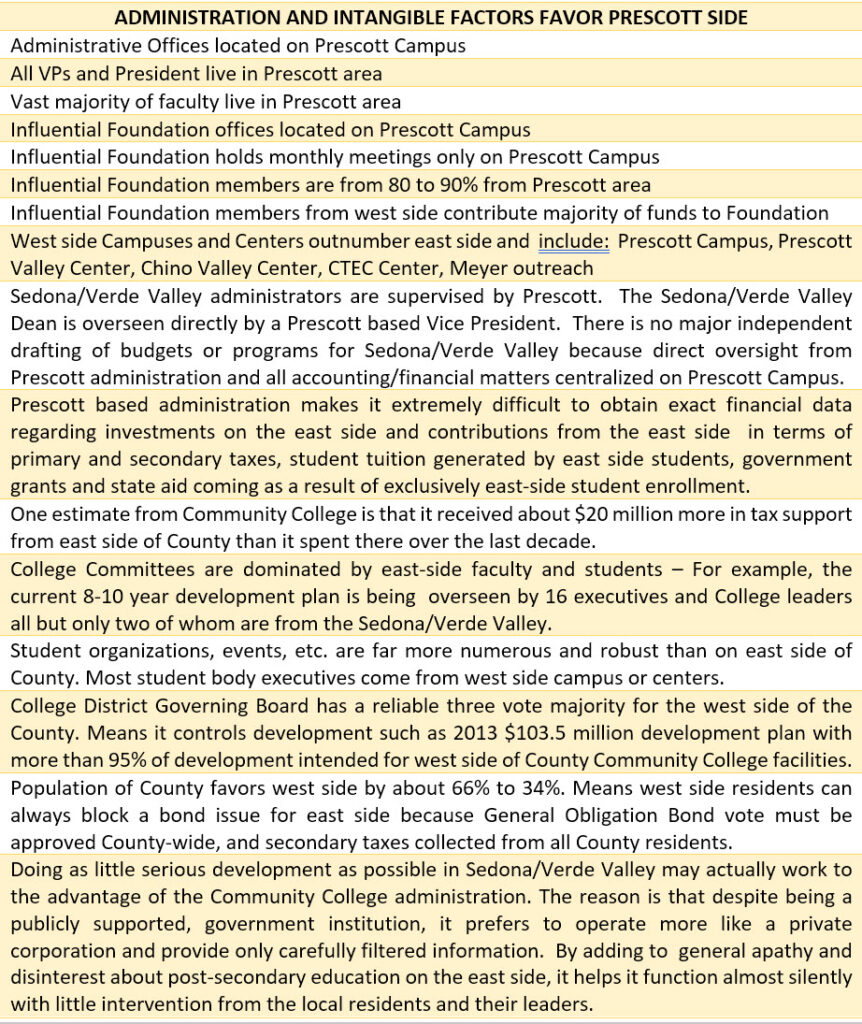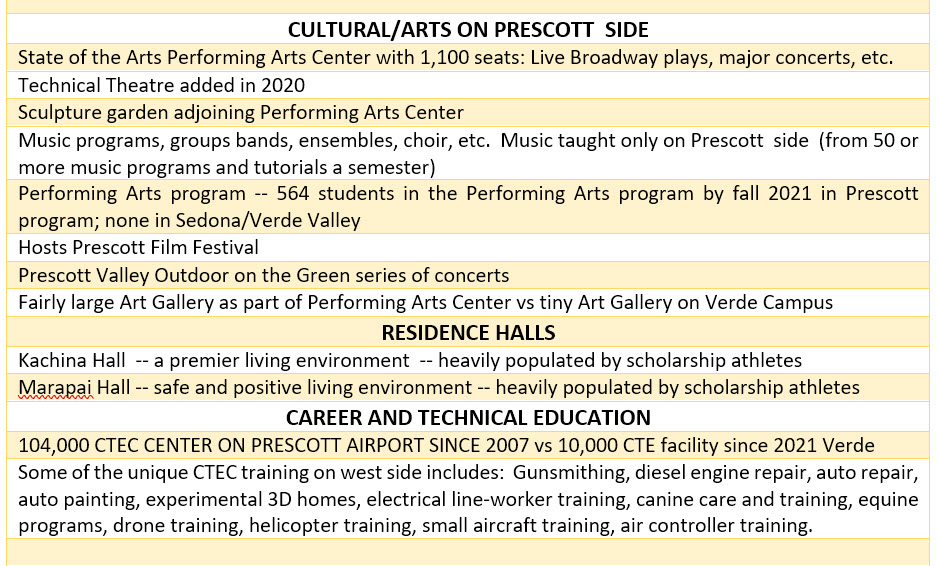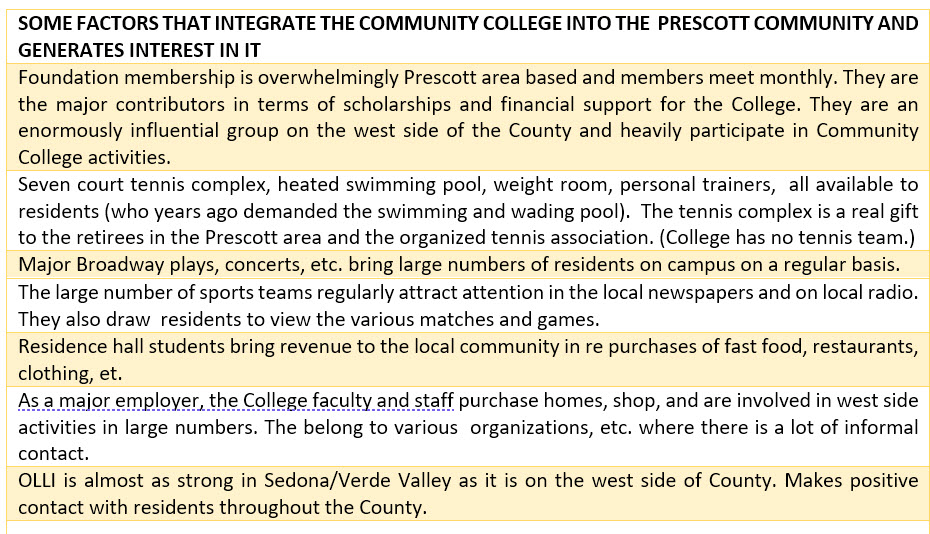Deadline for receipt of letters of interest, resumes and letters of recommendation is Friday, October 28, 2022, at 5:00 p.m.
Yavapai County School Superintendent Tim Carter has announced a vacancy on the Yavapai College District Governing Board for District 5. The opening was created by the resignation of Board Member Mitch Padilla, who will be leaving the Yavapai College Board on December 31, 2022, to become the Prescott Justice of the Peace, effective January 1, 2023.
If you are interested in filling the vacancy, send a letter of interest and a resume to Tim Carter, Yavapai County School Superintendent, Yavapai County Education Service Agency, 2970 Centerpointe East, Prescott, AZ 86301, Fax 928-771-3329, Email: Tim.Carter@yavapaiaz.gov. Please include information about yourself, including education and work experience, why you would like to be a board member, your residence and mailing address, your email address, and home/work phone numbers. Candidates may include up to three letters of recommendation of support if they wish.
To be eligible to hold this seat a person must; be a registered voter who resides in District 5, be a citizen of the United States of America, be at least 18 years of age, possess their civil rights, and they or their spouse cannot be employed by the college district. This is a non-partisan seat, and the appointment will reflect that statutory requirement.
Deadline for receipt of letters of interest, resumes and letters of recommendation is Friday, October 28, 2022, at 5:00 p.m. Superintendent Carter will make use of a five (5) member Candidate Review Committee. Committee members will reside in District 5. They will review letters of interest, resumes, and letters of recommendation. The committee will be made up of a taxpayer, a faculty member, a student, an elected official, and a person who works in the area of workforce development. The committee will decide who to interview, establish interview questions, interview the selected candidates on November 10th, and select three (3) candidates for consideration by Mr. Carter.
Prior to making the final selection, the Superintendent will meet separately with each of the currently seated Yavapai College Board Members for their input on the three finalists. Members of the public from District 5, will also have an opportunity to email their views to Mr. Carter or to meet personally with him for a brief 10 minute meeting from 9 a.m. – noon on Tuesday, November 15th or from 2 to 5 pm on Thursday, November 17th, after the finalists have been announced. The meetings will be on a first come, first basis.
The appointment should be announced by Wednesday, November 23rd. The term begins January 1, 2023 and will be valid through December 31, 2026. To continue beyond that date, the candidate will need to run for the seat in the 2026 general election for a new six year term beginning January 1, 2027.
If you have any questions, please call Mr. Carter at 928-925-6560 (cell).
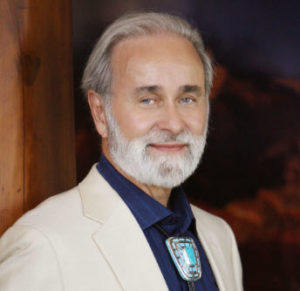
 Despite having little information, the Governing Board approved the expenditure by a 4-1 vote. Third District Board representative Paul Chevalier dissented.
Despite having little information, the Governing Board approved the expenditure by a 4-1 vote. Third District Board representative Paul Chevalier dissented. It will probably come as a surprise to most readers of the Blog that after 50 years the Verde Campus in Clarkdale has lost its designation as a “branch campus” of Yavapai Community College. It will now be referred to as an “additional location” during required accreditation reviews.
It will probably come as a surprise to most readers of the Blog that after 50 years the Verde Campus in Clarkdale has lost its designation as a “branch campus” of Yavapai Community College. It will now be referred to as an “additional location” during required accreditation reviews. 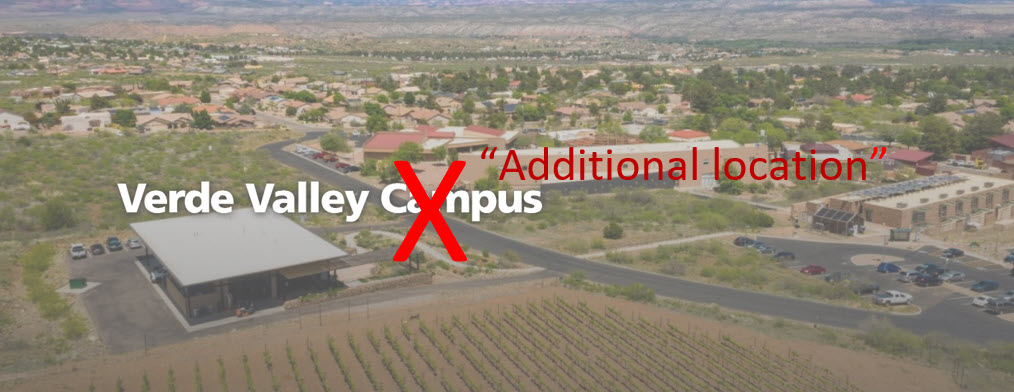 Critics may argue that the change adds a psychological arrow to the quiver of the Prescott based administration in its effort to keep control of the Verde Valley Campus from local residents. Lowering its prestige, goes this argument, may lower the value of the college in the eyes of local residents and consequently reduce their interest in seriously developing it. Critics may also argue that this sends a clear message to everyone in Yavapai County that the Prescott location is the only true campus in the County and, therefore, its most prestigious learning center.
Critics may argue that the change adds a psychological arrow to the quiver of the Prescott based administration in its effort to keep control of the Verde Valley Campus from local residents. Lowering its prestige, goes this argument, may lower the value of the college in the eyes of local residents and consequently reduce their interest in seriously developing it. Critics may also argue that this sends a clear message to everyone in Yavapai County that the Prescott location is the only true campus in the County and, therefore, its most prestigious learning center. 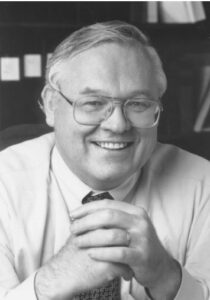
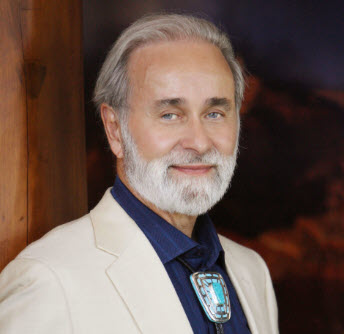
 Ugly, petty behavior was on display at the May 17 Governing Board meeting when Third District Governing Board representative Paul Chevalier asked that a sentence be added to the April minutes clearly showing he had asked that certain items be placed on the May agenda. Normally, such a request for a change to the minutes is granted with little or no discussion. However, in this case, the matter was put to a vote and the request was defeated.
Ugly, petty behavior was on display at the May 17 Governing Board meeting when Third District Governing Board representative Paul Chevalier asked that a sentence be added to the April minutes clearly showing he had asked that certain items be placed on the May agenda. Normally, such a request for a change to the minutes is granted with little or no discussion. However, in this case, the matter was put to a vote and the request was defeated. 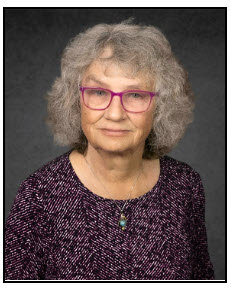
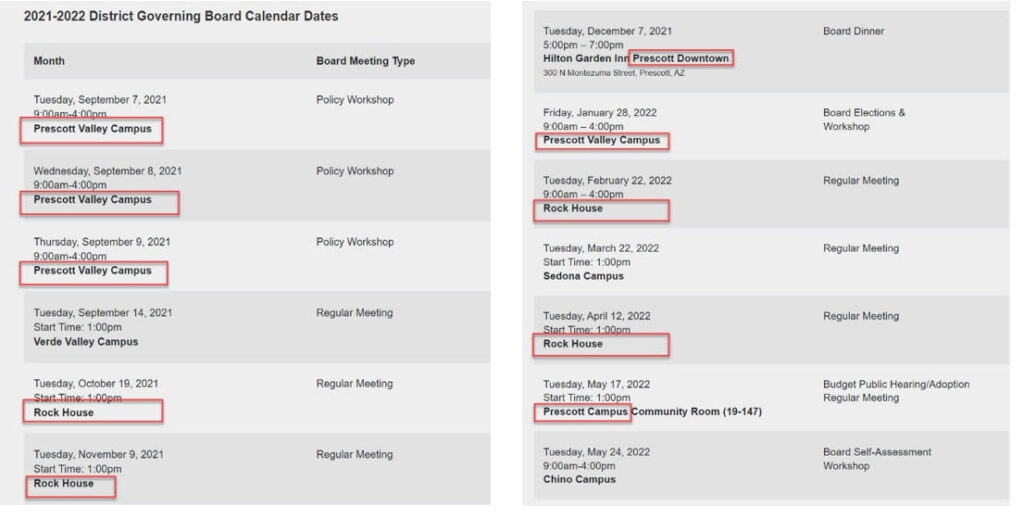
 However, that was not the case with the self-evaluations distributed at the April 2022 meeting to Board members and apparently College president Dr. Lisa Rhine.
However, that was not the case with the self-evaluations distributed at the April 2022 meeting to Board members and apparently College president Dr. Lisa Rhine. 